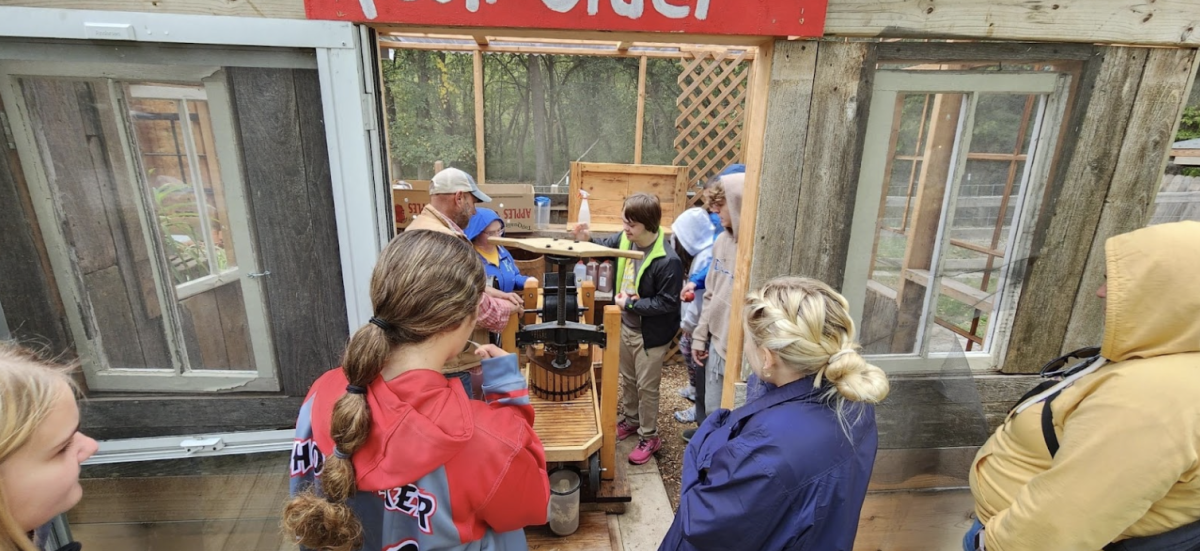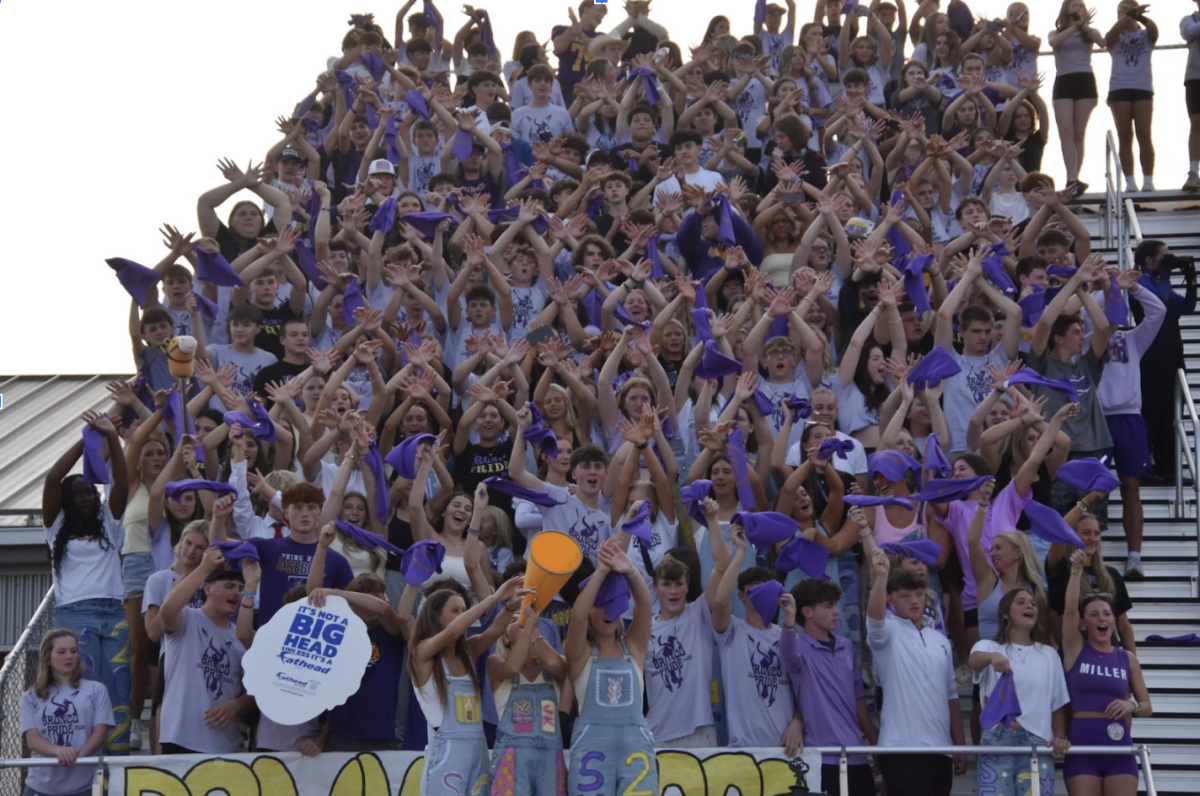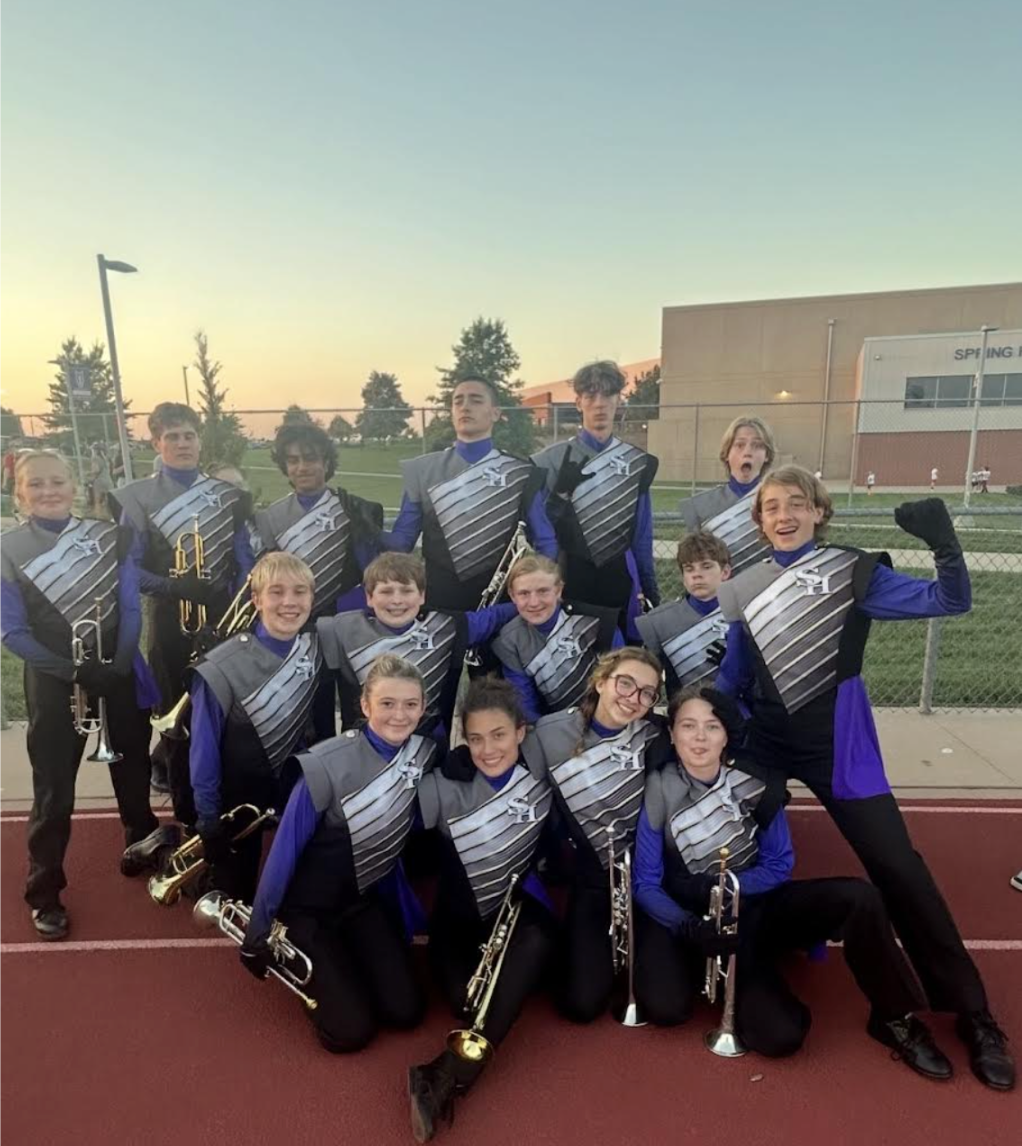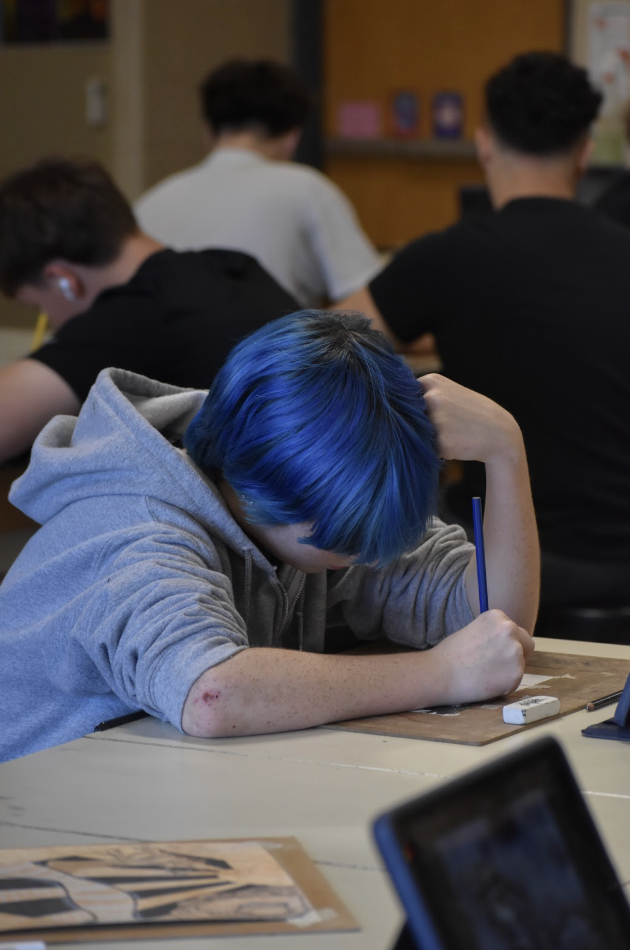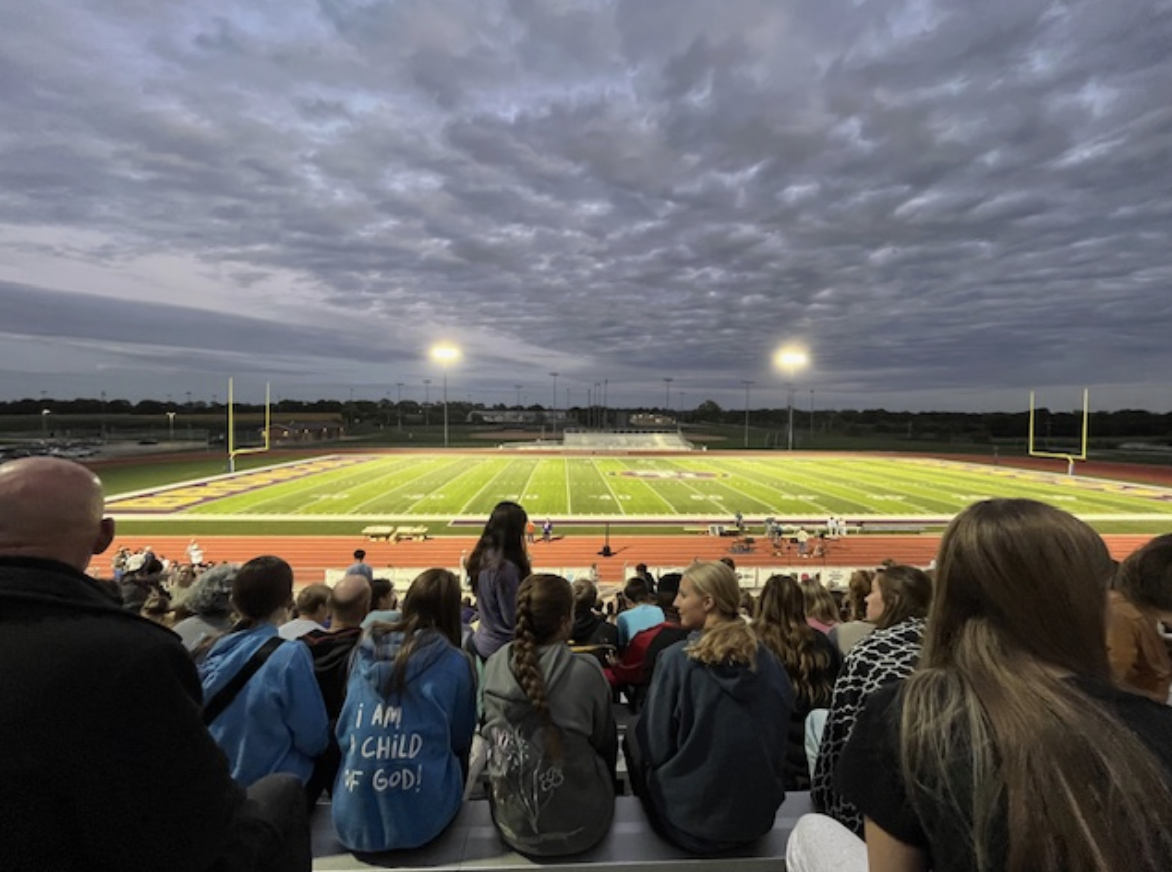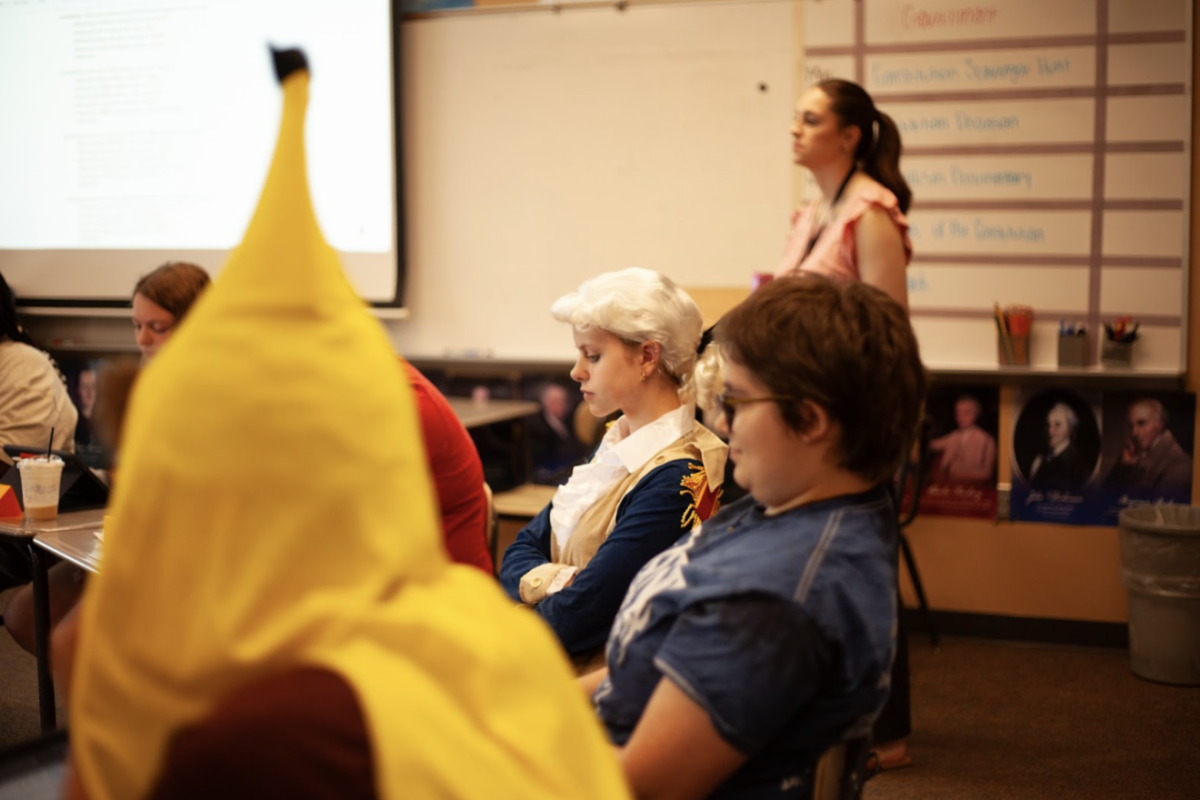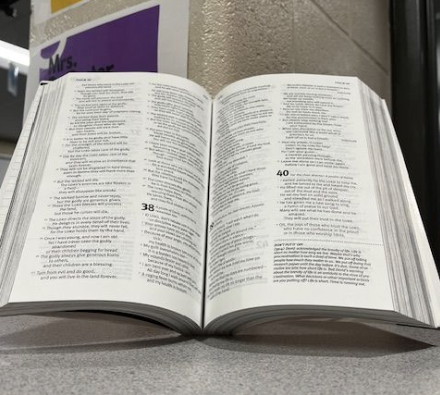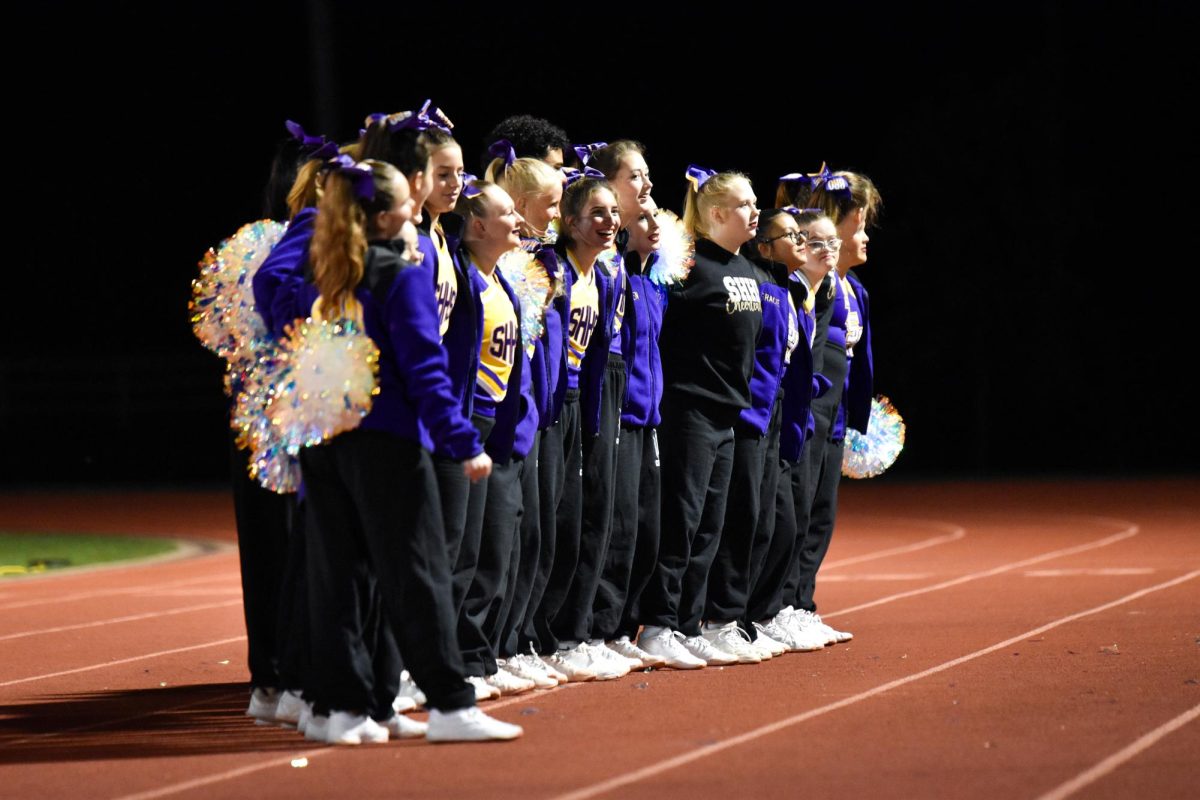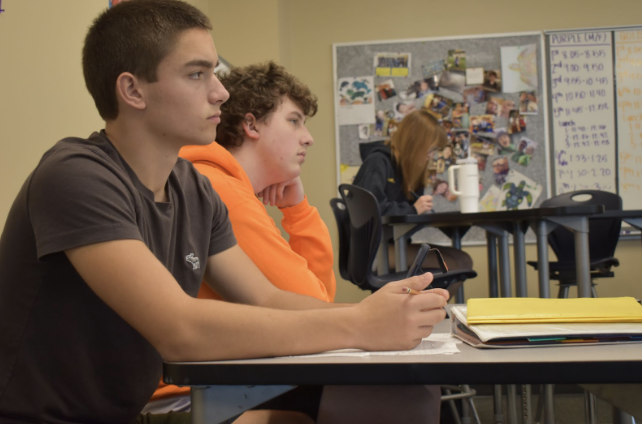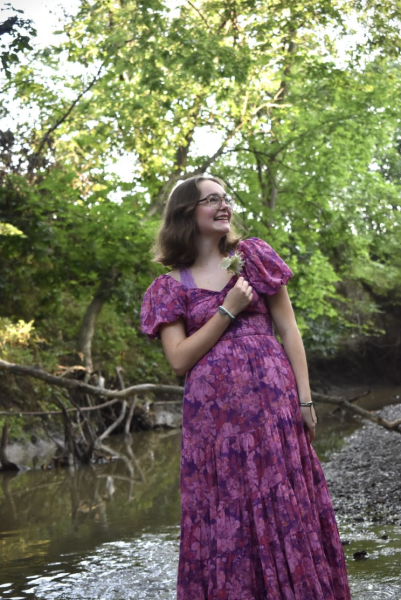On Friday mornings, many may see a cart full of goodies being delivered to teachers around the school; these are delivered by the Life Skills class, who go on field trips to the grocery store for these items. Life Skills is a class at the high school designed to help students prepare for life after high school with a curriculum designed specifically for each student. This involves them going on many hands-on field trips depending on what they are covering.
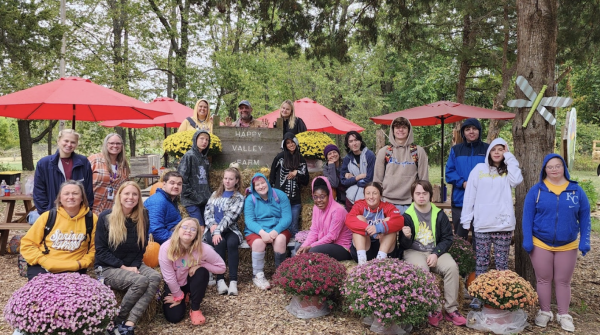
“On a normal day, I’ll teach four different classes throughout the day: adaptive math, adaptive reading, adaptive science, and friends in learning. We do a lot of working on money in math class. I have pretend money and we will work on identifying the different coins and the different paper values,” Ashley Peterson, Life Skills teacher, said.
Friends in Learning is a way to integrate students in general education classes with the students in life skills. This helps the students interact with their peers and gives them people they can talk to outside of who they interact with most often.
“Friends in Learning is a social skills class [where] they have peers come in and [interact with the students]. We have a coffee shop where every Friday we will send out an email to all the staff and they will fill out what kind of coffee they want. Then on Friday mornings, we will go into Ms. Larson’s room and create the coffee. We’ll make it all, put it on a cart and deliver it around [the school]. The teachers will pay two dollars for their drink of choice [and] all of that money gets put away and is used for field trips,” Peterson said.
The Life Skills class goes on a good number of field trips compared to many other classes. A common field trip the class does is buying groceries for the week to use to cook meals during the class.
“We do a lot of cooking; we’ll make cookies or we’ll make quesadillas. Depending on what it is, [the group can work together and cook]. Everyone takes turns stirring, everyone cracks an egg, that type of thing,” Peterson said. “We’ll go to [the] Walmart [website] and pick out items on our grocery list and decide how much we think it’s going to cost, [then] we’ll go to the grocery store, pick it all out, see if we were close to how much we thought it was going to be, and then the next class will make the food. It kind of puts it all in perspective [how] in your life after high school you’re going to have to plan for your shopping, budget your money, go do your shopping, and then cook your food.”
There is another program similar at the high school: the 18-21 program. This program is for students who need extra assistance preparing for adulthood after getting their high school diploma.
“I have some students that once they’ve completed their four years of high school, [they] stick around and work on things like employment skills [and] independent living skills,” Mary Larson, 18-21 program coordinator, said.
Many students in this program have jobs or don’t come in everyday, so their daily schedule looks a little different.
“They all have a different schedule. Mondays are our planning days; they will make a meal plan for the week, because they cook lunch in my room instead of going to the cafeteria, make their grocery list, and go grocery shopping. Tuesday, Wednesday, and Thursday are work days, so if they have a job placement that they go to, they’ll go to that. Fridays are our ‘Fun Fridays,’ so we will do fun things in the classroom or go on a community outing,” Larson said.
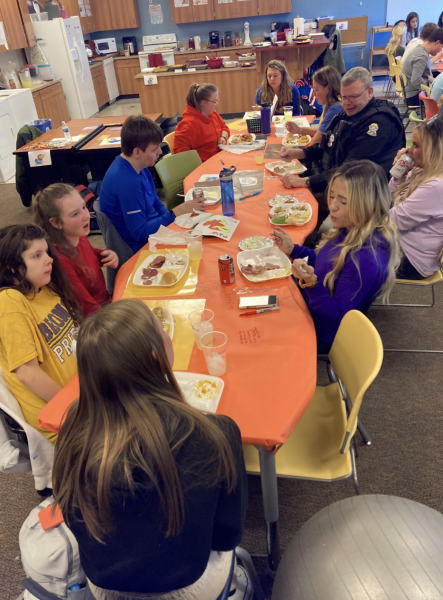
There are many times where the Life Skills and the 18-21 program go on field trips together, despite the differences between each program.
“We’re going to Five Below to do our Christmas gift [exchange]. We fill out this [form] of what we like [so we know what to get others]. 10 to 15 people go [on the field trip with us]. [It’s usually] Ms. Peterson and Ms. Larsons, we both go together on field trips,” Derek Mader, 11, said.
Although these programs don’t apply to most students in the building, knowing about them can be a way to make new friends and also just be more aware about what is happening in the community.


